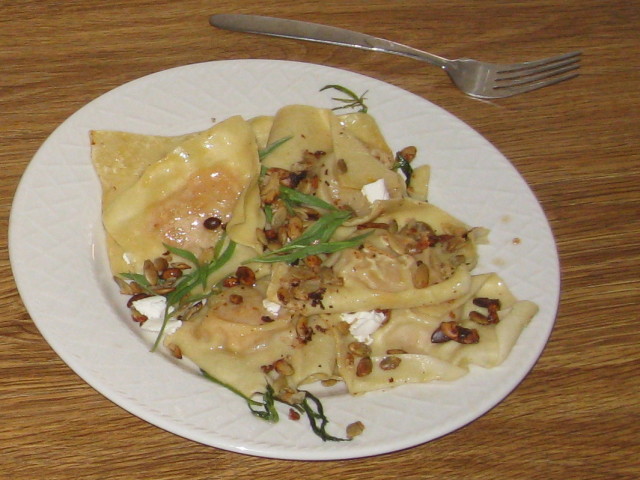
It ‘s been months since my last post, and even longer since I posted a recipe. I feel I should be back to posting what I like the most. I recently found a new inspiration that pushes me to discover new frontiers in food and in taste and flavor. The following dish, is one of my favorites. Simple but elaborate, elegant but humble, sweet sour and salty. It is the food that reminds me of fall, somewhere around October, when the trees are shedding their leafs, the sky becomes gloomy and the breeze is a little colder. I would not have much to say about the history of the dish or the ingredients. Just a few words about the butternut squash. Butternut squash (Cucurbita moschata), also known in Australia as Butternut pumpkin, is a type of winter squash. It has a sweet, nutty taste that is similar to pumpkin or sweet potato. It has yellow skin and orange fleshy pulp. When ripe, it turns increasingly deep orange, and becomes sweeter and richer. It grows on a vine. The most popular variety, the Waltham Butternut, originated in Stow, Massachusetts, on what is now the Butternut Farm Golf Club.
 The major construction has four major points. Make the raviolis, prepare the sauce, prepare the cheese, and bring the dish together. Some of the steps can be done ahead of time if required. Start by taking an average butternut squash (1.5-2 lbs), split it in half, remove the seed and the membrane that holds them, brush with olive oil and sprinkle salt and pepper. Bake it in 375 F oven cut side down for 45 min or until tender. Since the oven will be on, there is no reason, why not to go ahead to prepare the goat cheese that will be used to top the final dish. Take a small log of coat cheese (2-3 inches long) and cover it in pumpkin seeds. Bake it in the oven until the seeds take a golden brown color and the cheese will become crumply.
The major construction has four major points. Make the raviolis, prepare the sauce, prepare the cheese, and bring the dish together. Some of the steps can be done ahead of time if required. Start by taking an average butternut squash (1.5-2 lbs), split it in half, remove the seed and the membrane that holds them, brush with olive oil and sprinkle salt and pepper. Bake it in 375 F oven cut side down for 45 min or until tender. Since the oven will be on, there is no reason, why not to go ahead to prepare the goat cheese that will be used to top the final dish. Take a small log of coat cheese (2-3 inches long) and cover it in pumpkin seeds. Bake it in the oven until the seeds take a golden brown color and the cheese will become crumply.
The meantime you can prepare the pasta dough. Alternative to the pasta dough you can you won-ton wraps. For the pasta dough we will need:
- 2 1/4 cups of all purpose flour
- 3 eggs
- 1 tbsp oil
- 1 pinch of salt
- 1-3 tsp water
Place the flour in the largest bowl or even a clean flat surface, and make a hole in the middle. In that hole add the eggs the oil and the salt. With your fingers start mixing the ingredients and gradually start incorporating the flour. The water should be added gradually and only if needed. The final dough will be very hard and elastic. It is key at this point to knit the dough to great as much gluten as possible, to make a more durable structure. Leave the dough in the refrigerator or in a cool place to relax for at least an hour.
By now the squash would be done. You want an al dente texture so if it looks very mashie turn it with the cut side up, and let it for 10-15 minutes to cook a little more. That will drive some of the excess moisture out. With a ice cream scooper (or any other spoon) scoop out the flesh and place it in a bowl to cool for about 10-15 minutes. With a fork mash it to make essentially squash mashers. Squash has less starch that potatoes, but overworking it will make it a bit gummy so don ‘t take it overboard. Now we are ready to prepare the filling. We will need:
- The fleshed of a baked squash lightly seasoned with salt and pepper.
- One spring of sage
- 1 tsp freshly graded nutmeg
- 1 pinch of salt
- 2 tbsp of hard cheese (strongly recommended dry myzithra; a greek cheese)
Chop the sage (leaves only) finely and mix it with the rest of the ingredients. For the cheese, you need a non smelly, hard, salty cheese. It will be used as seasoning, but cheeses like parmesan will add strong smells that will hinder the elegant aromas of the squash and the nutmeg. Refrigerate.
We can take some time here and make the sauce. Take about 1/4 cup of average quality balsamic vinegar. Place it in a sauce pan , with a spring of tarragon, a small piece hot pepper (any type will do it), 10-15 pepper corns and 2 tbsp of honey. Over medium heat let it reduce to the consistency of a thick syrup. If you select a good quality vinegar it will already be sweet, so don ‘t add all the honey as it will make it overly sweet.
The dough will be by now ready to roll. You can use a rolling pin, but it will be very hard to roll it thin enough. I am recommending to invest on a cheap pasta machine ($40). I have used it before and it something that opens horizons many culinary destinations. cut as piece in the size of a large walnut and flatten it with your finger tips. Start with the highest setting at your machine and roll out the dough three times. Go to the lower setting and repeat. Do it until you reach the last setting. Once you open it it should measure about 2 ft in length. Cut the ends if they are very narrow. You want a dough sheet as even as possible. Measure about 2 in from one side and place a tbsp of the filling on it. Add 1 tbsp every 3 inches till you reach the end. Dip a pastry brush or your finger in egg wash (1 egg beaten with 1 tbsp of water) and trace a grid around the small spoonfuls of the squash filling. That will be used as glue to stick the second piece of dough on the first. Take a second piece and place it on top to cover. Start from the area around the pumpkin filling and press radially towards outside. With a sharp knife start cut the raviolis in 3 by 3 in squares and place them in a clean towel and cover them with another towel till you finish with the rest of them. At this point you can lay them on parchment paper and freeze them.
Bring a big pot of water to boil and add a tbsp of salt. Add no more than 5 raviolis and boil them for 1-2 minutes, until they float. Remove them and place them on a rack. Once you are done, put a side the pot and bring the frying pan. Add 1/2 tbsp of butter and over medium heat, and melt it. Add 5 of the raviolis and let them cook until they brown. Flip and repeat. To keep them warm you can place them in a oven that is kept at the 200 F.
Now we are ready to serve!!! Add 8 pieces of the ravioli to a plate, throw some crumbles of pumpkin seed encrusted, goat cheese. Add some small pieces of unbaked goat cheese. Garnish with some tarragon leaves, and drizzle about 1-2 tsp of the balsamic vinegar reduction. You have a great dish that has the saltiness of the cheese, the sweetness of the squash and the acidity of the balsamic vinegar! It is simply unbelievable.
Does it take time? YES. Does it require specialized equipment? YES. Does it require special skills? YES. Does it require many ingredients? YES. Does it require a huge number of tools and cookware? YES. Does it worth the time? YES!!!


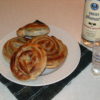
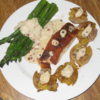
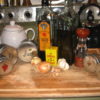

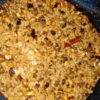


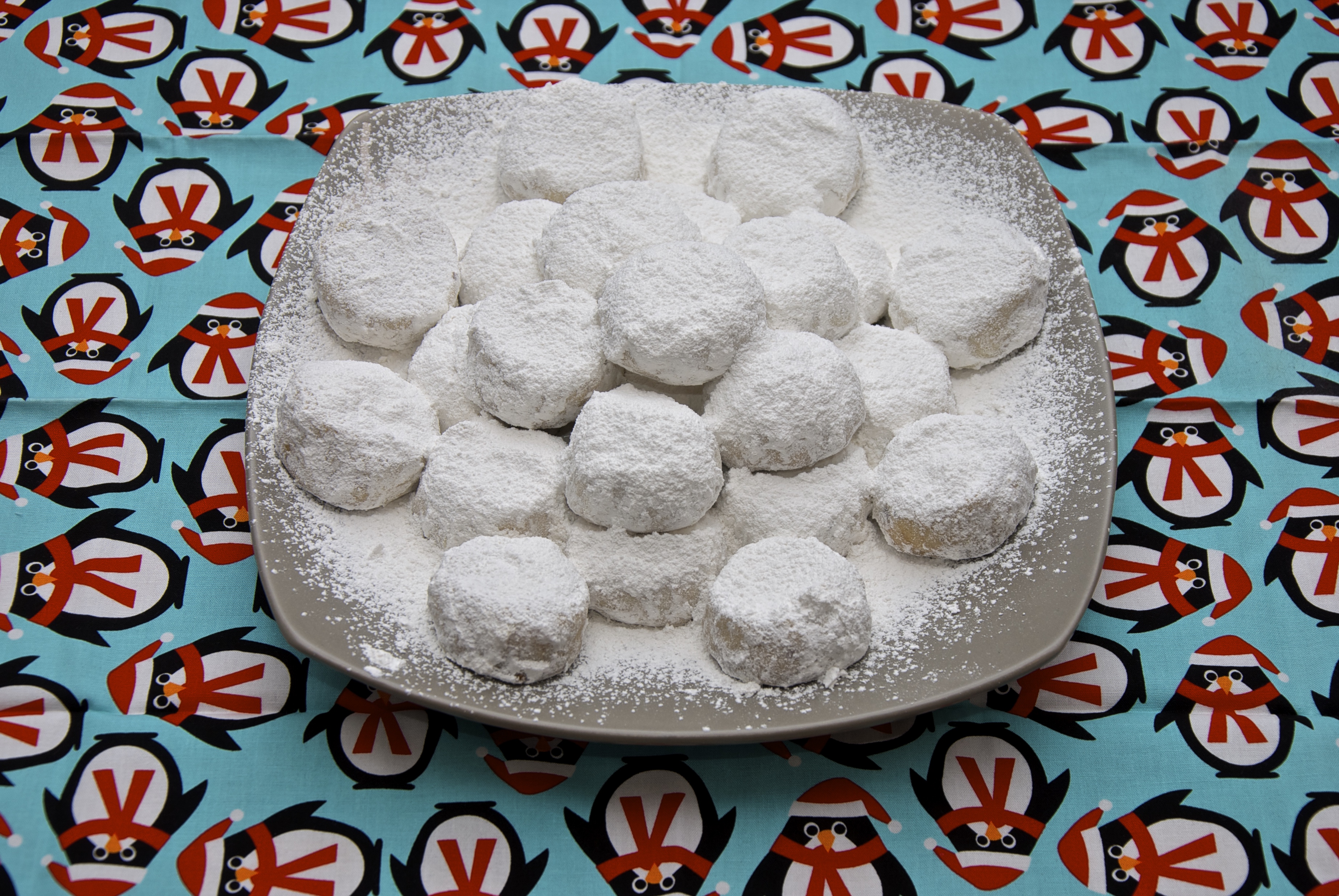
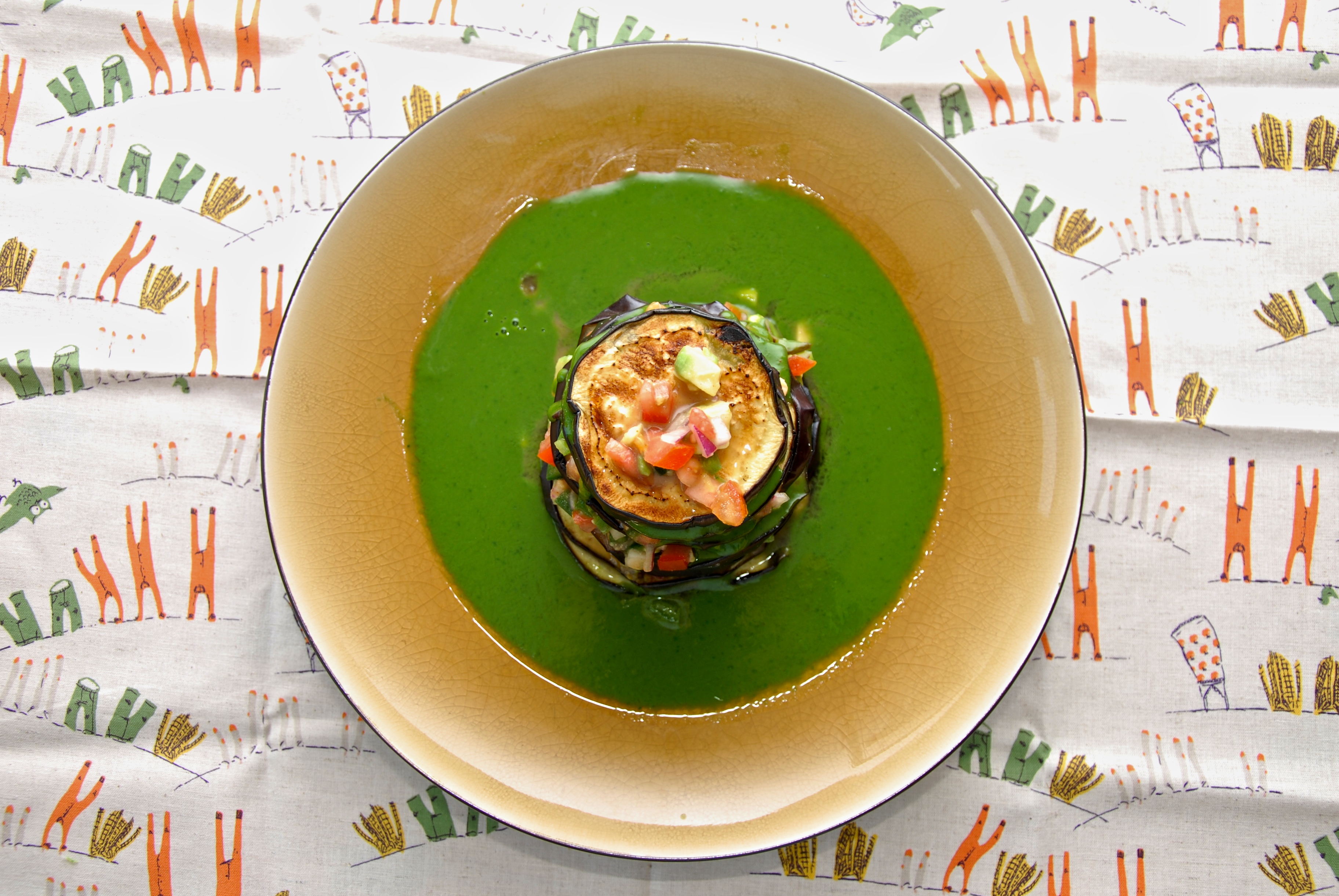
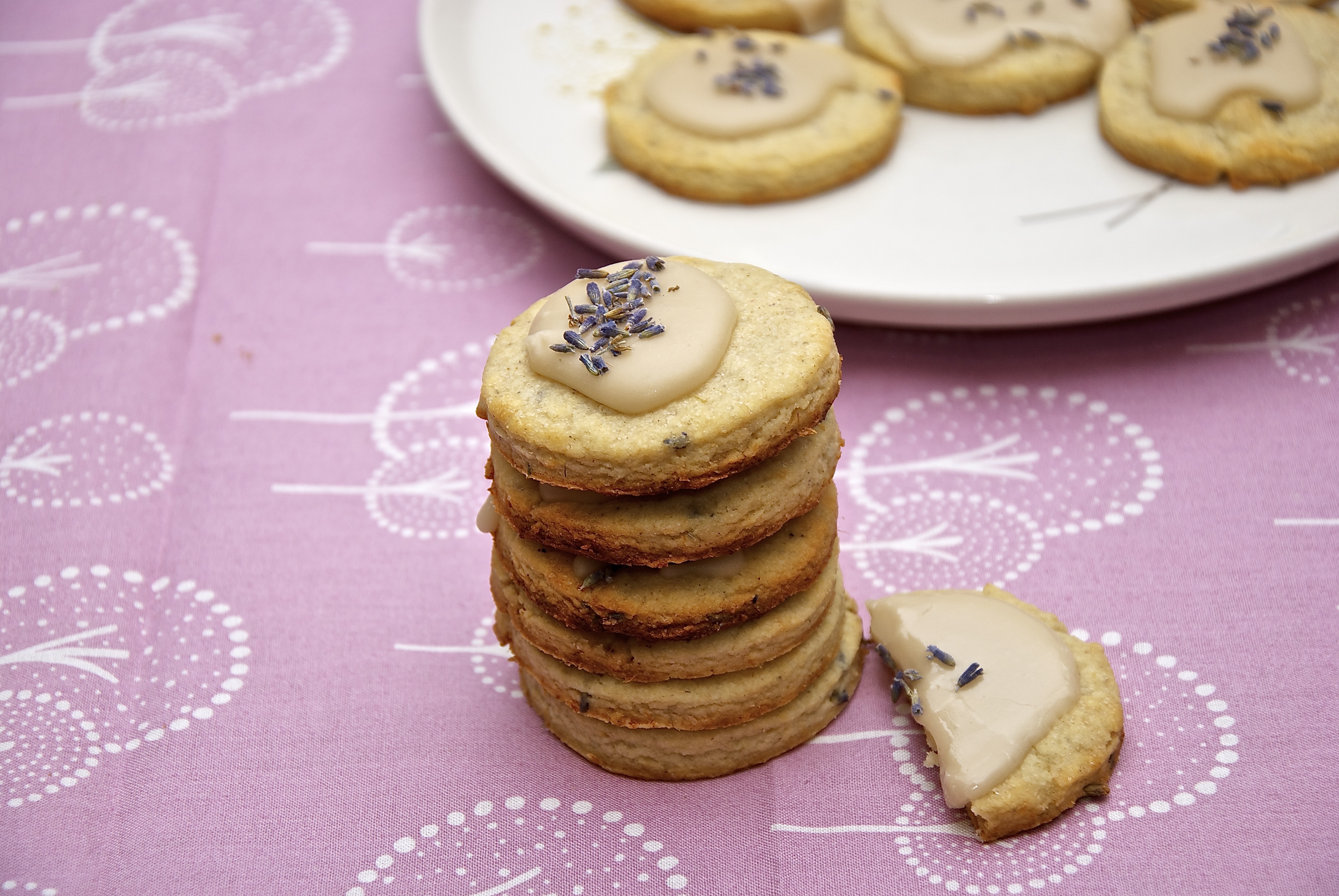
Leave a Reply